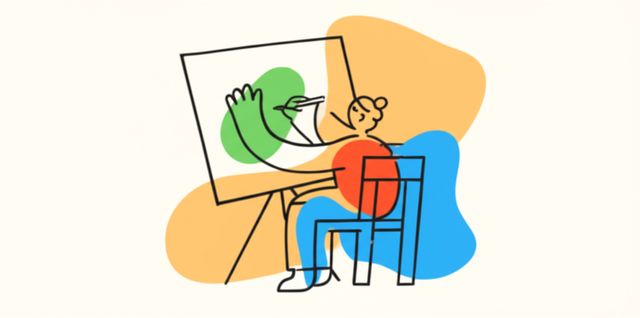Drawing Techniques
Drawing techniques involve the fundamental skills and methods used to create visual representations on a surface. These techniques encompass a wide range of approaches and mediums, enabling artists and designers to express ideas, emotions, and narratives through lines, shapes, and colors.
Why Learn Drawing Techniques?
Whether you're a seasoned artist or a complete beginner, mastering drawing techniques offers numerous benefits:
- Artistic Expression: Drawing techniques provide the foundation for creating visual art that communicates ideas, evokes emotions, and tells stories.
- Enhanced Observation Skills: The practice of drawing requires keen observation of the world around you, fostering attention to detail and visual analysis.
- Improved Hand-Eye Coordination: Drawing exercises develop hand-eye coordination, improving fine motor skills and steady hand movements.
- Cognitive Development: Drawing engages multiple brain functions, including spatial reasoning, problem-solving, and creativity.
- Therapeutic Benefits: drawing can be a relaxing and therapeutic activity, promoting mindfulness and stress reduction.
Drawing Techniques for Beginners
For beginners, starting with fundamental drawing techniques is essential. These techniques include:
- Contour Drawing: Capturing the outlines and silhouettes of forms.
- Hatching and Cross-Hatching: Using parallel or intersecting lines to create shading and texture.
- Blending and Shading: Smudging or layering strokes to create smooth gradients and transitions.
- Perspective Drawing: Techniques for creating the illusion of depth and dimension on a flat surface.
Types of Drawing Mediums
Drawing involves a variety of mediums, each with unique characteristics and capabilities:
- Pencils: Graphite or colored pencils offer versatility and precision.
- Charcoal: Creates bold, expressive marks and can be blended easily.
- Ink: Pens or brushes dipped in ink produce permanent and fluid lines.
- Digital Drawing: Using digital tools and software to create and manipulate drawings on a computer or tablet.
Careers in Drawing Techniques
Drawing techniques are essential in various creative and technical fields:
- Artist: Fine artists use drawing as a primary form of expression.
- Illustrator: Creates visual content for books, magazines, and other publications.
- Designer: Graphic and product designers utilize drawing for concept development and visualization.
- Architect: Architectural drawings are crucial for planning and constructing buildings.
- Animator: Animators draw characters and scenes for animation productions.
Learning Drawing Techniques Online
Online courses provide a convenient and accessible way to learn drawing techniques from the comfort of your own home. These courses offer comprehensive lessons, interactive exercises, and feedback from experienced instructors. Online course platforms such as Coursera, edX, and Udemy host a wide range of drawing courses for all levels.
Through video lectures, assignments, and projects, online courses allow learners to:
- Develop Fundamental Skills: Master basic drawing techniques, such as line drawing, shading, and perspective.
- Explore Different Mediums: Experiment with various drawing mediums, including pencils, charcoal, and digital tools.
- Practice and Experiment: Engage in real-time drawing exercises and receive feedback to improve their techniques.
- Learn from Professionals: Access insights and guidance from experienced artists and instructors.
- Build Confidence and Motivation: Connect with a community of learners and share progress for encouragement and support.
Complementary Skills and Personality Traits
For those interested in drawing techniques, certain personal attributes and complementary skills can enhance their learning and practice:
- Observational Skills: Keen observation of the world is crucial for capturing details and translating them into drawings.
- Attention to Detail: Paying meticulous attention to small details ensures precision and accuracy in drawings.
- Patience and Perseverance: Drawing techniques require practice and patience to master.
- Creativity and Imagination: Artistic vision and imagination are essential for creating expressive and unique drawings.
- Communication Skills: Drawings can communicate ideas and emotions, so effective communication skills are beneficial.
Conclusion
Drawing techniques are fundamental to artistic expression, visual communication, and various creative and technical careers. Whether you're a seasoned artist or an aspiring learner, online courses provide an accessible and effective way to master these techniques and develop your artistic skills. With patience, practice, and a passion for drawing, you can unlock the world of visual storytelling and artistic creation.


